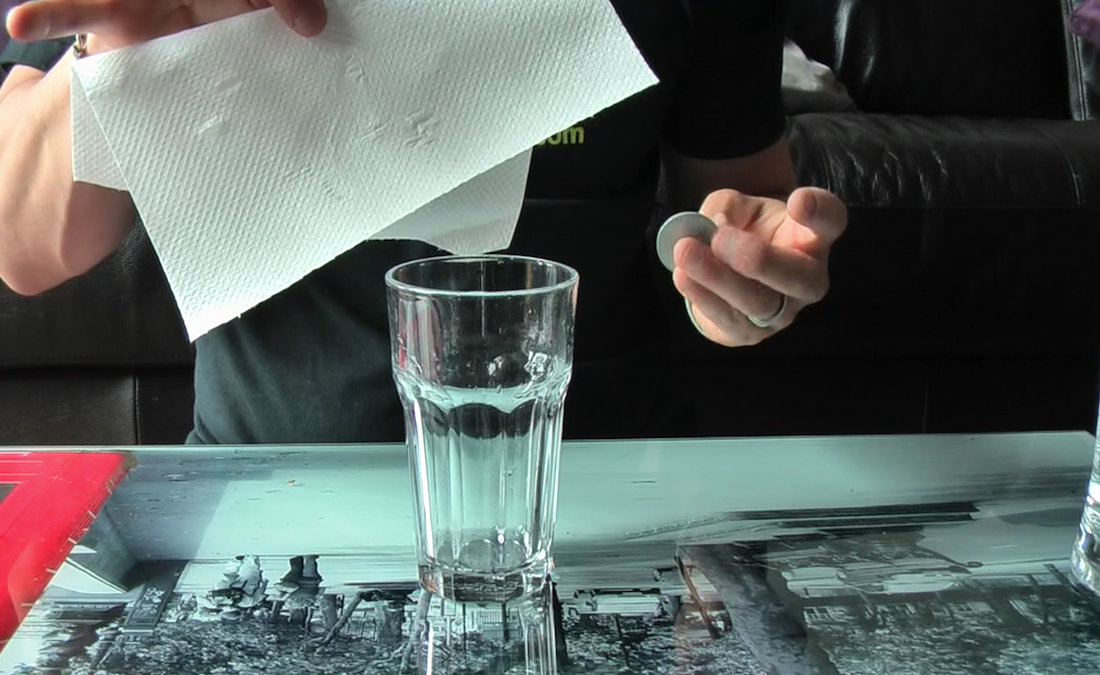
In his diary, Samuel Pepys mentions seeing magicians performing in this fashion and one can see street magicians in depictions by Hieronymous Bosch, William Hogarth, and Pieter Brueghel. While it is a very old performing style, its history is not particularly well documented in print. Covering the seed with a rawhide animal skin, the seed would apparently root, grow and finally flower within the span of but a few minutes.Īnthropologists chronicle this form of street magic from approximately 3,000 years ago – and there are records of such performers across the continents, notably Europe, Asia/ South Asia and the Middle East.

Instead of a mango seed, a yucca seed was planted and watered. The same effect was achieved by the Apaches. In the trick, the magician apparently plants a mango seed, covers it with a cloth, makes mysterious incantations and, removing the cloth from time to time successively shows a tree of various heights, up to two or three feet. The famous Indian Mango Tree is an old and venerated trick as performed by street magicians of the past and while it is demonstrably not of the hand magic variety, it exemplifies the fact that even large stage sized illusions can be presented in the street. Whether card magic or magic performed with coins, balls, scarves, or rope, even occasionally mentalism, regardless of the props involved, the ability to draw and hold an audience is cited by contemporary practitioners as a skill of greater importance than the illusions themselves.

Street magic most often consists of what has been referred to in the past as "hand" or "pocket" magic, sleight of hand. The term "passing the hat" comes from the practice of having the hat passed before the final trick is performed, as opposed to "bottling" the audience at the end of the performance. In exchange, the magician seeks remuneration either by having a receptacle for tips available throughout the act (known in the parlance as a "trickle show"), or by offering a receptacle for tips at the end of the show. In this, the magician draws an audience from passers by and performs an entire act for them.

The first definition of street magic refers to a traditional form of magic performance – that of busking. Hieronymus Bosch: The Conjurer, 1475–1480 Traditional street performance


 0 kommentar(er)
0 kommentar(er)
